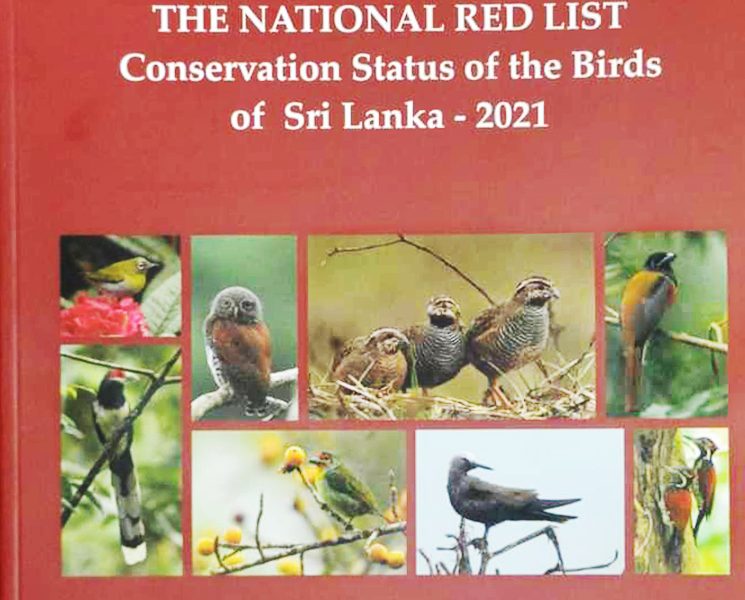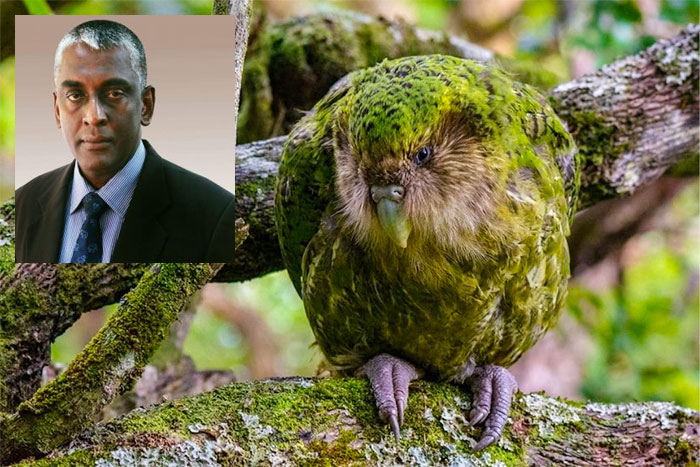News
No endemic birds on critically endangered species list

By Ifham Nizam
Out of the 19 species of birds listed as critically endangered, five are breeding residents while the remaining 14 are breeding residents with a migrant population, and the Red List category applies only to the breeding population, an avifauna expert has said.
None of the endemic species have been listed as Critically Endangered species. Out of the 14 species of breeding residents with migrant populations, the breeding population of 11 species is restricted to the Palk Bay coastal zone. Eight out of this 11 species are known to breed only in the Adams Bridge Marine National Park.
Out of the remaining three species, breeding population of blue-tailed bee-eater is restricted to the southeastern part of Sri Lanka.
Professor of Zoology Dr. Devaka Weerakoon, one of the foremost authorities of Realist Data studies/birds told The Island that out of the 32 breeding residents with migrant populations assessed, 23 (75%) were threatened, which indicates that the breeding populations are small and restricted to few locations, which is the reason for placing them in one of the three threat categories. However, the migrant population of all these species are listed as least concern on a global scale.

Launching the National Red List: The Conservation Status of the Birds Sri Lanka 2021, the expert stressed that completing the Red List assessment is only the end of the beginning.
Prof. Weerakoon also said that there are number of follow up activities that should be done to accrue the full benefit of Red List assessments. These include improving the overall Red Listing process, improving the National Species Database, updating the Global Red List for the endemic species, implementing programmes to recover populations of threatened species, develop and promote a research agenda for threatened species and mainstreaming the national Red List into ongoing cross-sectoral initiatives.
Among the many taxa that are found in Sri Lanka, birds are perhaps the most attractive faunal group. The avifauna of Sri Lanka comprises, 522 species belonging to 23 orders, 89 families, and 266 genera. Of these 522 species, 244 have breeding populations of which 34 are restricted to Sri Lanka (endemic). This rich avifauna of Sri Lanka is globally recognized with six Wetlands of International Importance 70 Important Bird Areas and 82 Key Biodiversity Areas.
The high diversity seen among avifauna of Sri Lanka can be attributed to a wide range of topographic and climatic conditions that prevail in Sri Lanka that has given rise to some unique bioclimatic zones. Further, abundance of water due to large number of natural and manmade wetlands, association with multiple land masses during its evolutionary history, the current location at the southern end of the central Asian flyway and Sri Lanka being a continental island have also contributed to the evolution of a wide range of terrestrial, aquatic, coastal and marine habitats that can provides an array of different ecological niches that have been invaded by birds.
The Red List is one of the best indicators of the health of a species as it is an assessment that takes into consideration most of the internal and external factors that influence the long term survival of the species being assessed. It is a very useful tool that provides the basis for planning conservation action as well as policy and research directions.